Tower Bridge
London’s Tower Bridge is as iconic as the Eiffel Tower in Paris or the Statue of Liberty in New York; no one can imagine the city without it. London’s most striking bridge is famous thanks to its Neo-Gothic architecture and lifting central sections.
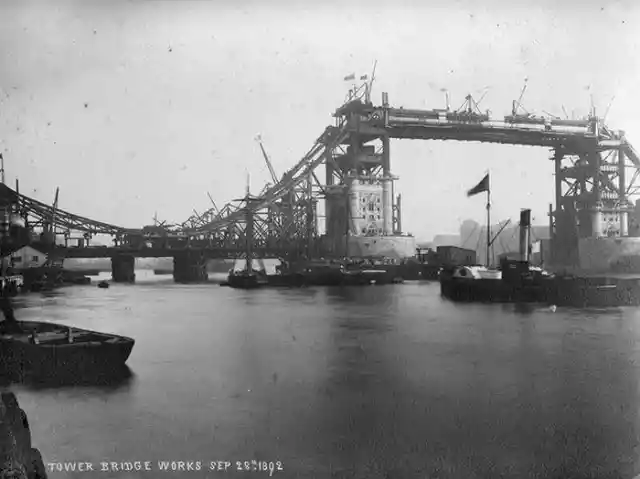

This combined bascule and suspension bridge was built between 1886 and 1894. It took five major contractors to build a bridge downstream from London Bridge without disrupting river traffic activities.
Tower Bridge
It took engineer Sir John Wolfe Barry and architect Sir Horace Jones 8 years to build a new bridge downstream of London Bridge with 432 construction workers, over 70,000 tons of concrete, over 11,000 tons of steel and a cost of £1,184,000.
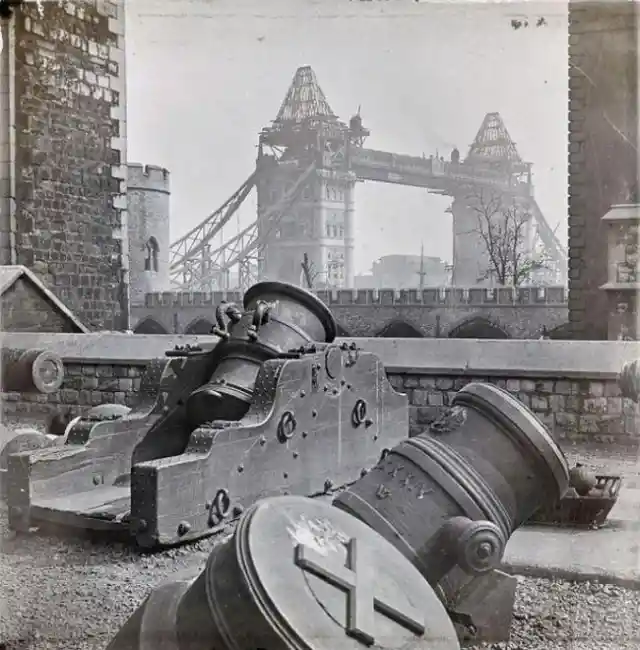
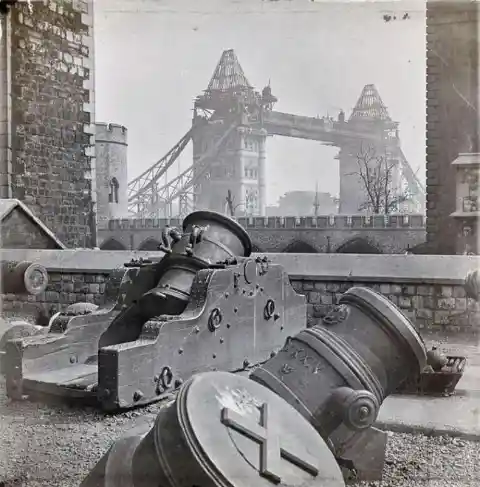
It is conveniently located next to the Tower of London and the South Bank. This picture shows the ancient London city defense cannons near Tower Bridge.
Tyne Bridge
Officially opened on 10 October 1928 by King George V, Tyne Bridge was the world's longest single-span bridge at the time of its construction.
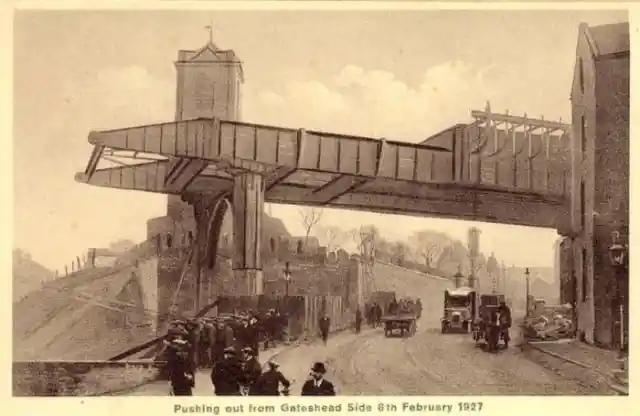
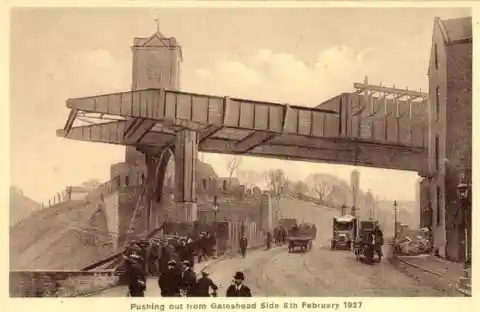
It’s located over the River Tyne in North East England, linking Newcastle upon Tyne and Gateshead.
Tyne Bridge
Its construction began in 1925 and was designed by the engineering firm Mott, Hay and Anderson (who later designed the Forth Road Bridge) and was built by Dorman Long and Co. of Middlesbrough.
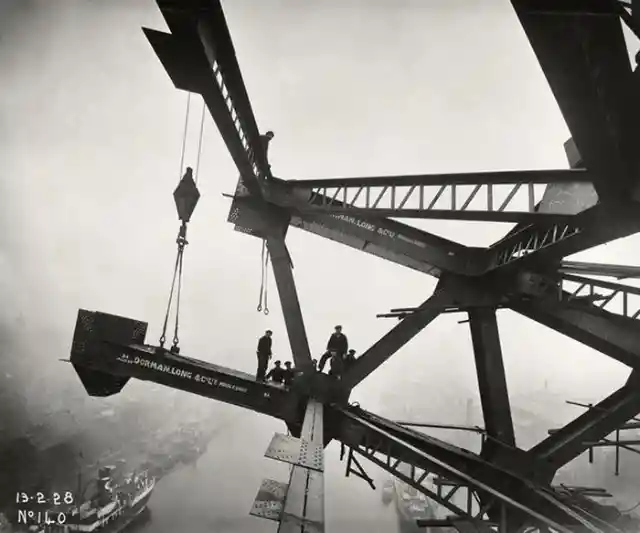
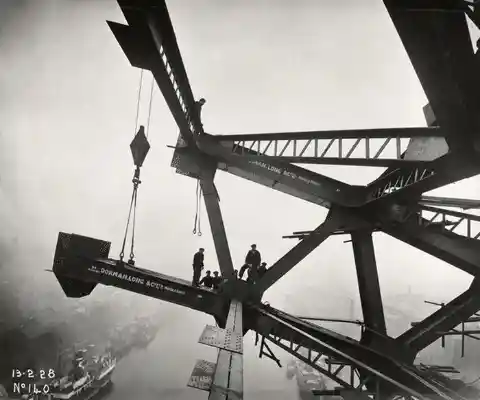
It is the most celebrated and most iconic of the seven bridges crossing the River Tyne in the central section.
Statue Of Liberty
This gift from France to the people of the United States is the representation of unity, friendship and freedom from oppression between the two nations.

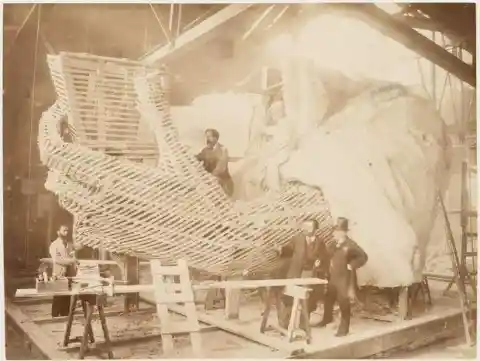
Frédéric Auguste Bartholdi sculpted the statue and obtained a U.S. patent for the structure. He decided to create a symbol of the friendship between the two nations established during the American Revolution.
Statue Of Liberty
The Statue of Liberty is 151 feet 1 inch (46 meters) tall, making it 305 feet 1 inch (93 meters) tall with the pedestal, and it took 9 years to build. Construction started with the right arm. The statue was assembled and disassembled in France, shipped to the US, assembled once more and finally officially dedicated and unveiled on October 28, 1886.
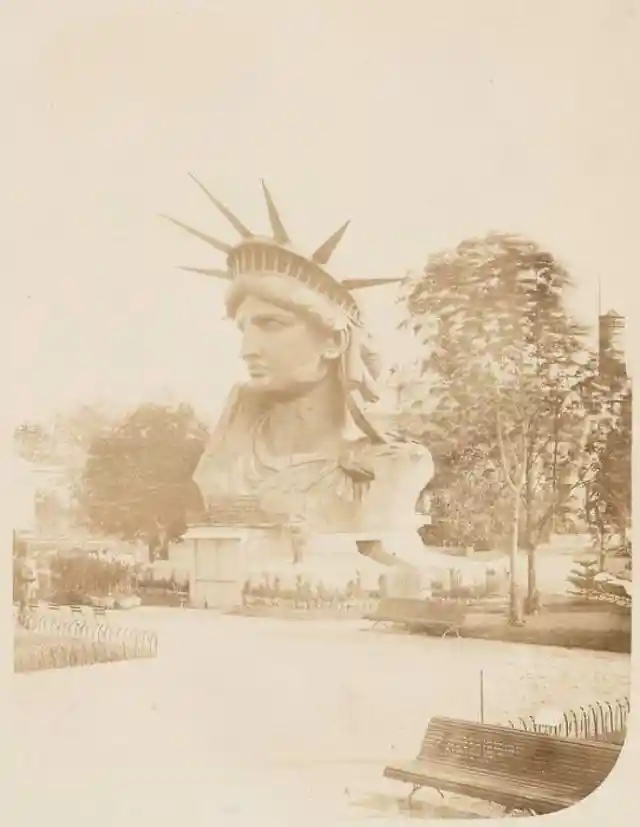
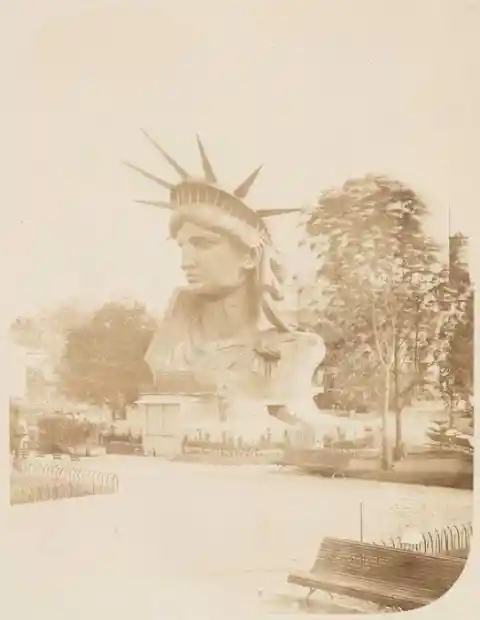
After a lot of effort, fundraising and hard work, it became one of the best-known symbols in the country, if not the world.
The Capitol
Located in Washington, D.C., at the eastern end of the National Mall, the Capitol has housed the Senate and House of Representatives meeting chambers for over two centuries.
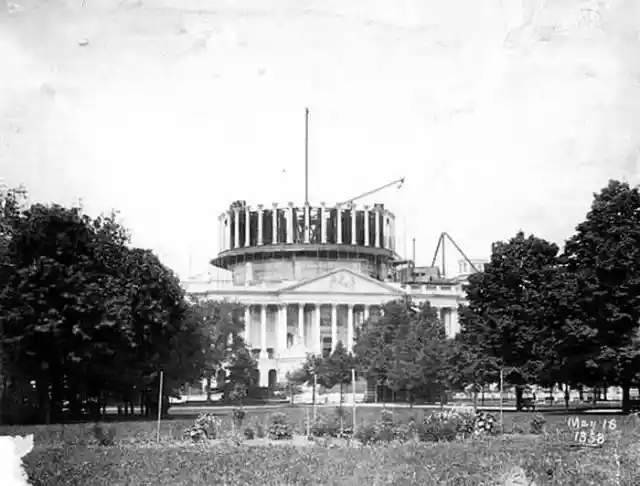
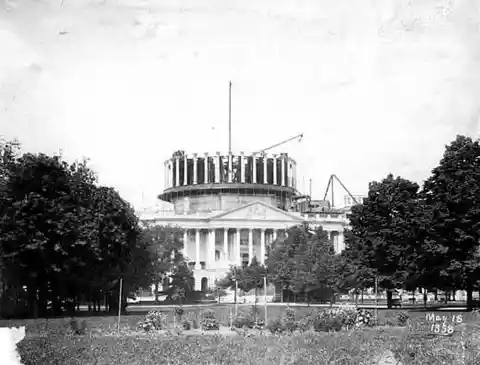
Construction began in 1793, when President Washington laid the cornerstone of the U.S. Capitol in the building's southeast corner. And since then, it has been built, burnt, rebuilt, extended, and restored.
The Capitol
The building we see today is the result of several major construction periods. It not only houses Congress, but the U.S. Capitol is also a museum of American art and history.
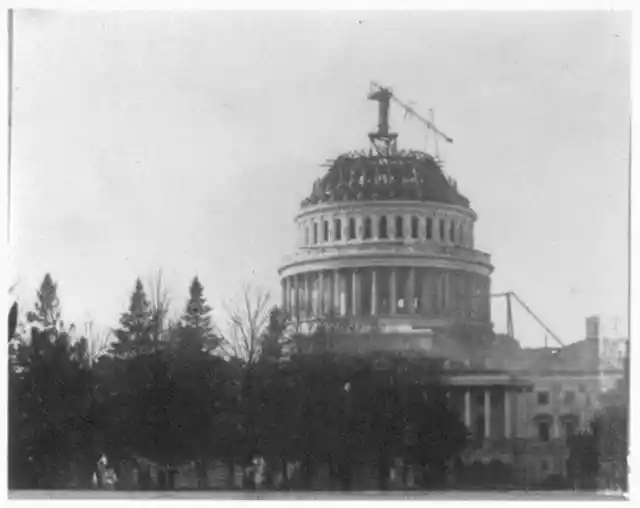
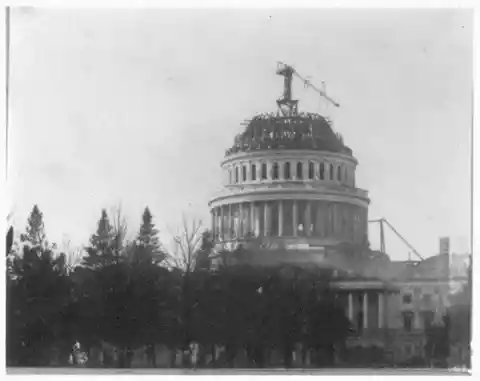
Derived from ancient Greece and Rome, its design is a fine example of 19th-century neoclassical architecture.
Disneyland
Construction began on July 16, 1954, and was completed on July 17, 1955. Walt Disney had initially envisioned his park to be built right across his studio.
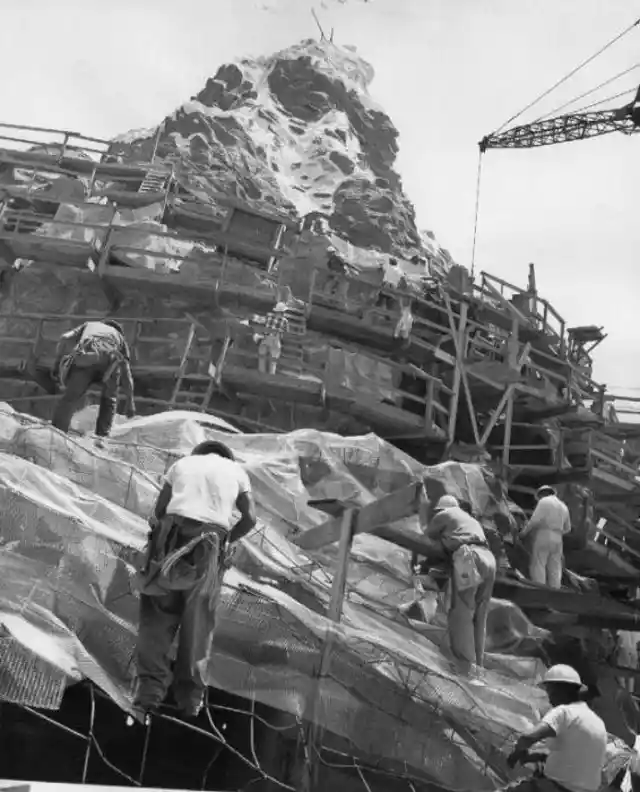
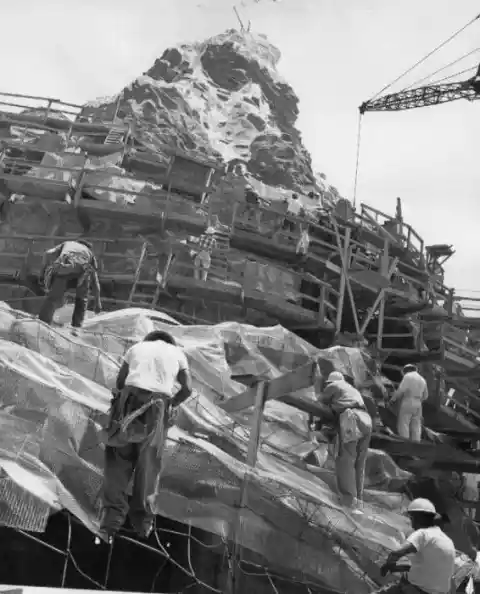
He intended Disneyland to have an educational value and to entertain adults and their children as well
Disneyland
The idea to build Disneyland came to him while watching his two daughters ride the carousel in L.A.’s Griffith Park.
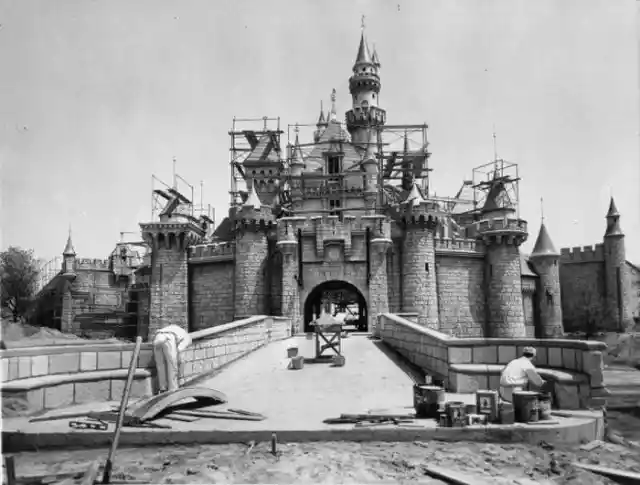

Walt once said that Disneyland would never be completed, and it still holds true. This picture shows the iconic castle being built. Even in black and white, it looks magical!
The Titanic
The Titanic was built by the firm of Harland & Wolff at their shipyard on Queen's Island in Belfast, Ireland.
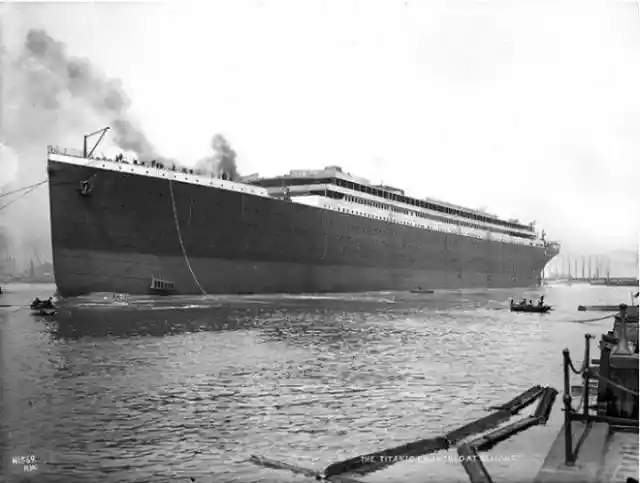
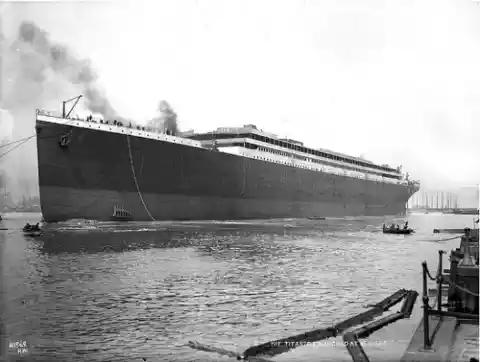
The Titanic was built practically side by side with its sister ship, The Olympic, and the cost for both ships was £3 million. Eight employees lost their lives at the dangerous construction site.
The Titanic
The ship's hull was divided into 16 watertight compartments, considered a safety feature that drew the phrase ‘practically unsinkable.’
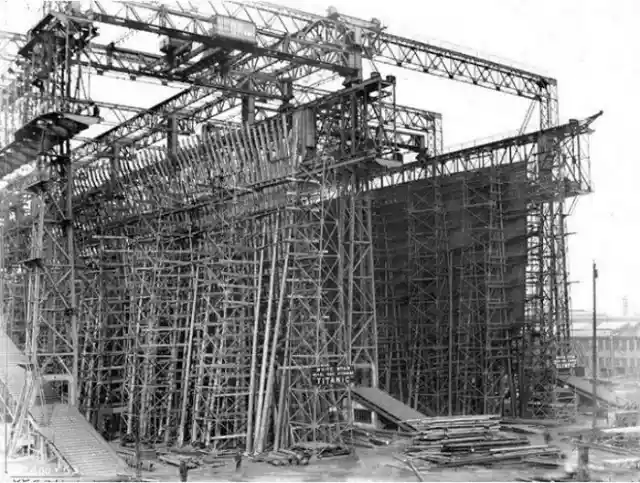

This picture shows the ship with its funnels still under construction. Since four funnels were necessary to spread the weight along the ship's full length, the fourth one was built for ventilation and aesthetic reasons!
Christ, The Redeemer
The statue is an Art Deco depiction of Jesus Christ in Rio de Janeiro, Brazil, created by French sculptor Paul Landowski.
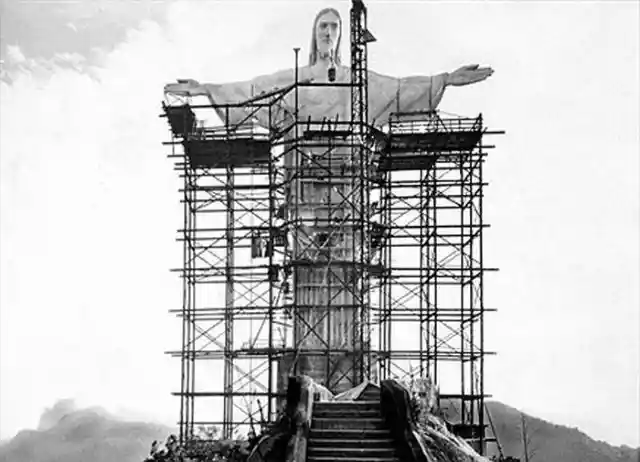
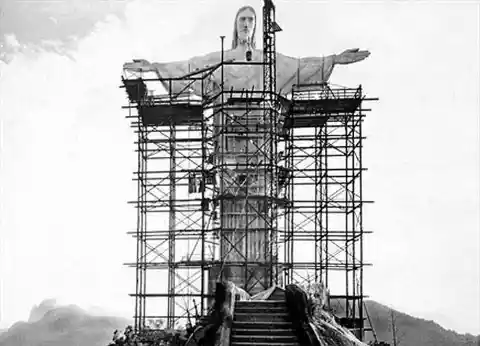
This cultural icon of both Rio de Janeiro and Brazil is 30 meters (98 ft) and 38 meters (125 ft) with its pedestal. Constructed between 1922 and 1931, it weighs 635 metric tons (625 long, 700 short tons)
Christ, The Redeemer
The Christ the Redeemer differs considerably from its original design since the arms were not supposed to be spread wide.
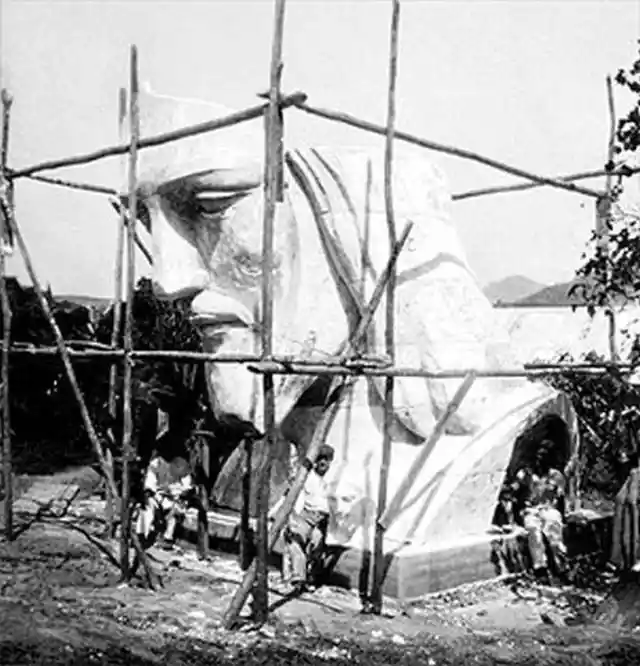

The initial plan was to build a large Christ with a globe in one hand and a cross in the other.
Mount Rushmore
Mount Rushmore National Memorial is perhaps one of the most iconic monuments in the US. Depicting the heads of Presidents George Washington, Thomas Jefferson, Theodore Roosevelt, and Abraham Lincoln.
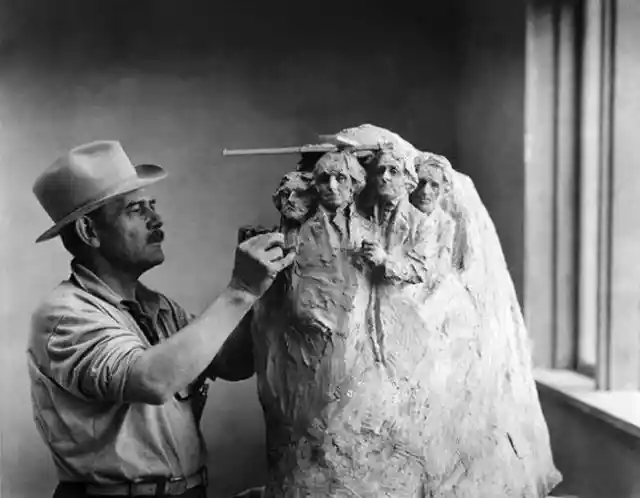
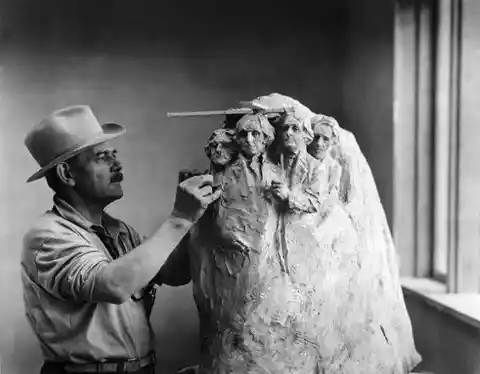
It is carved into the granite face of Mount Rushmore in the Black Hills in Keystone, South Dakota.
Mount Rushmore
In order to promote tourism in South Dakota, historian Doane Robinson came up with an idea for a memorial and persuaded sculptor Gutzon Borglum to model the sculptures.
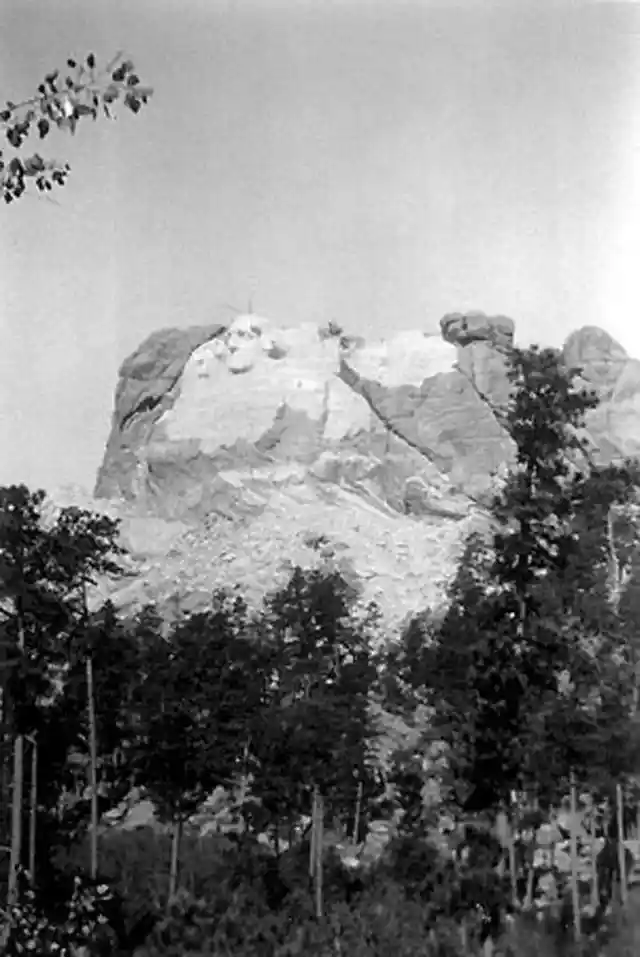
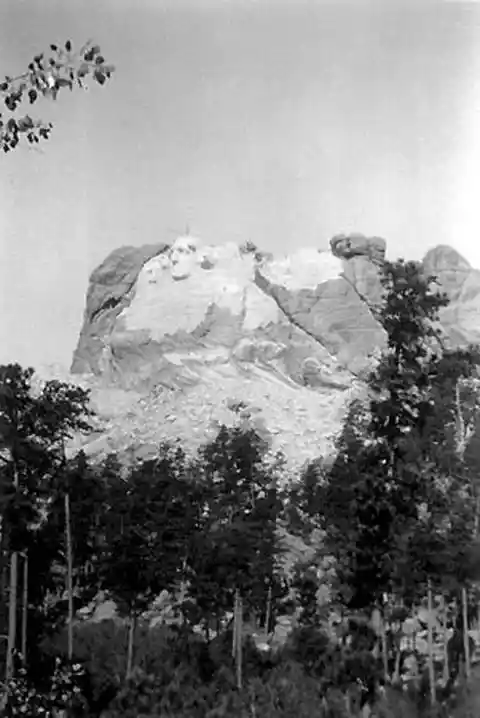
The project was approved by Congress, and the carving started in 1927. The monument carving ended in 1941, fortunately, without a single fatality
Golden Gate
The Golden Gate Bridge is yet another signature structure in this list. No one can imagine San Francisco without i
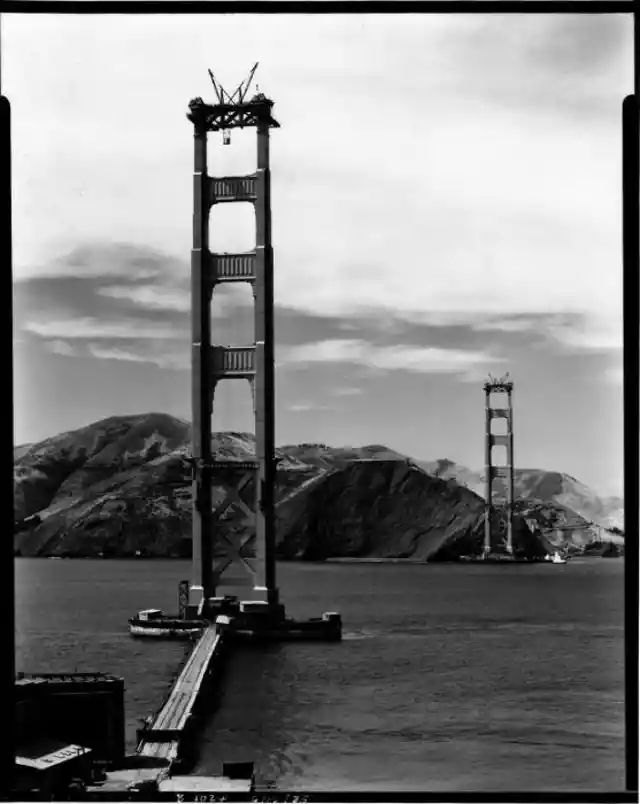
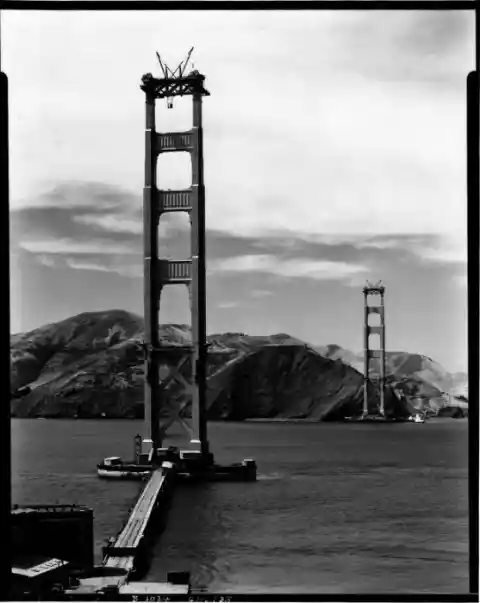
It spans the strait connecting San Francisco Bay and the Pacific Ocean and is 8,981 ft (2,737.4 m) long.
Golden Gate
Construction started on January 5, 1933, with architect Irving Morrow at the helm and engineering design by Joseph Strauss and Charles Ellis.
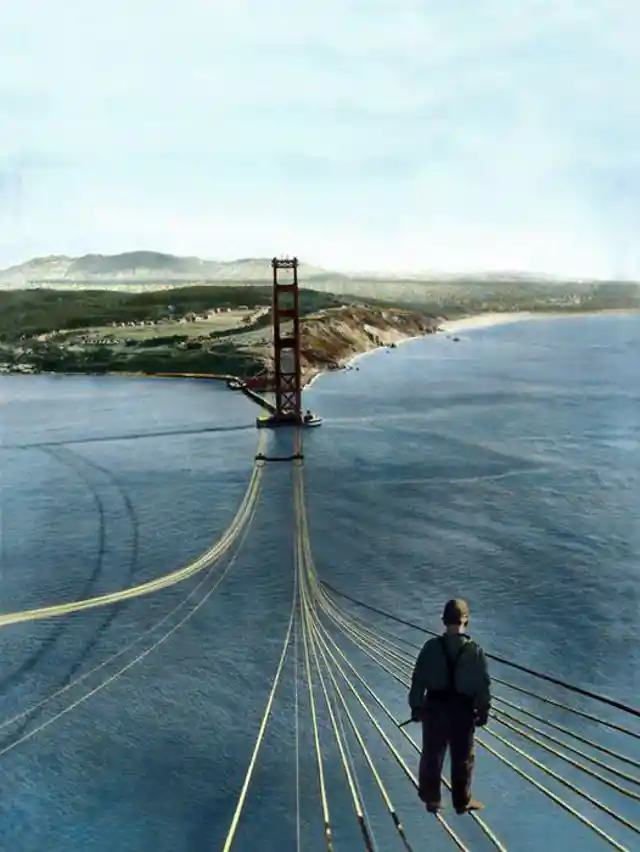
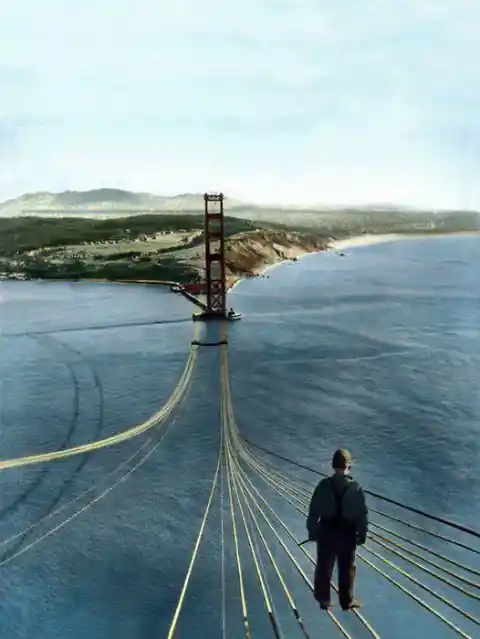
Construction took four years, and sadly, it cost eleven construction workers' lives. The bridge was finished ahead of schedule and $1.3 million under budget (equivalent to $23.8 million today).
Empire State Building
One can hardly imagine the Big Apple’s landscape without this iconic structure. This 102-story Art Deco skyscraper looms at 1,454 ft (443.2 m).
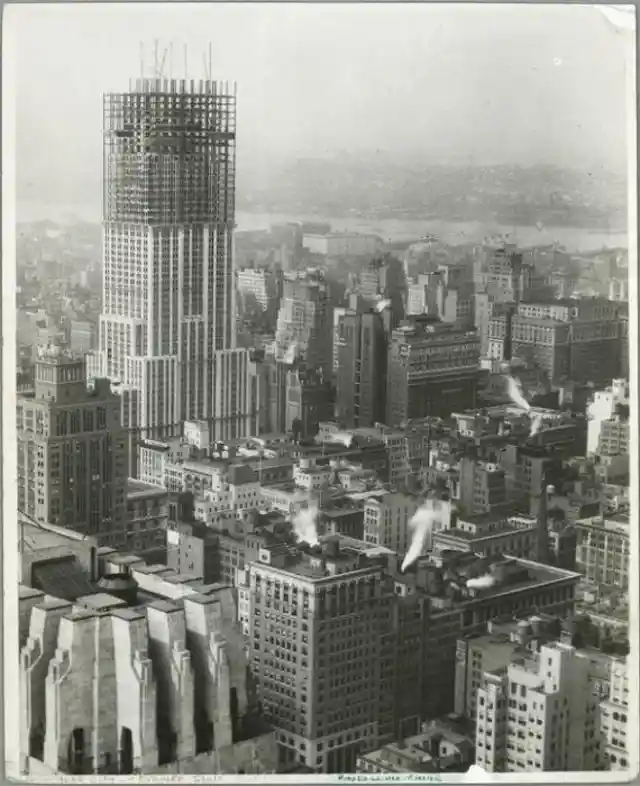
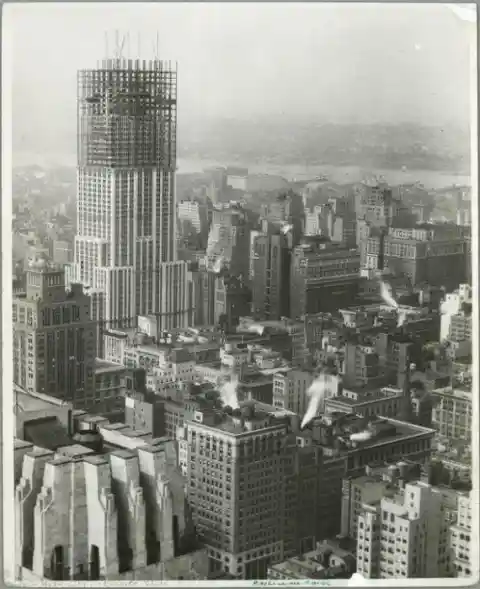
The old Waldorf Astoria hotel had to be demolished to make room for the building, which is now one of the must-see attractions in New York City.
Empire State Building
The building plans went through 15 different versions before the current plan was approved, and construction work began on October 1, 1929, and concluded on April 11, 1931,.
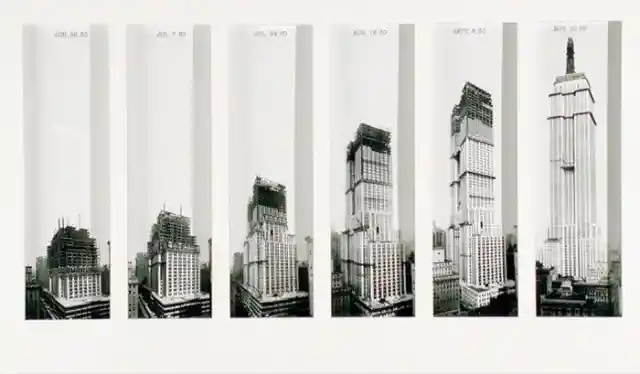
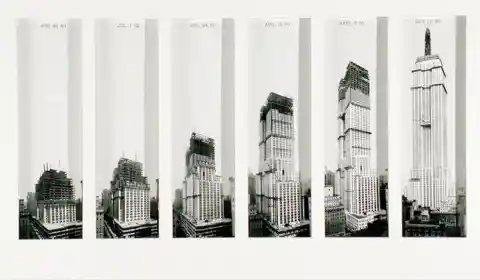
During the entire construction process, Lewis Hine would climb up and dangle from the building together with the workers to capture the affair. The photos provided insight into the process and daily lives of everyday workers. The public's eyes were fascinated by the sheer height the people worked at.
Hoover Dam
The Hoover Dam, located in the Black Canyon of the Colorado River, impounds Lake Mead and produces hydroelectric power. This concrete arch-gravity dam was originally known as Boulder Dam and was the biggest concrete structure of its time.
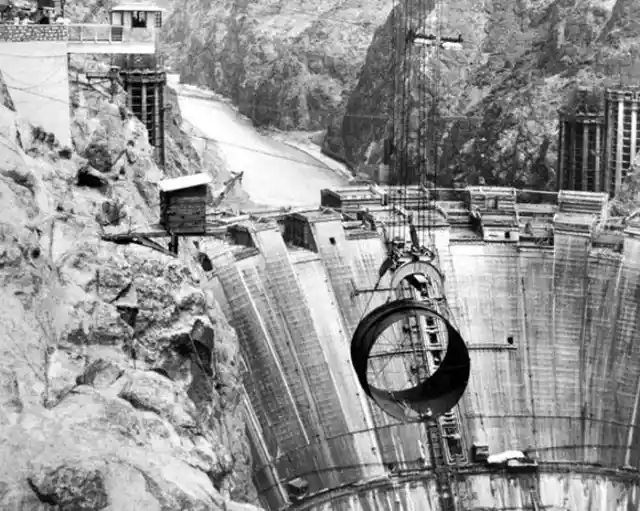
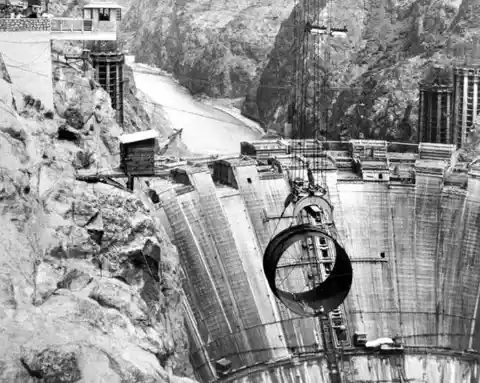
In order to impound the largest reservoir in the United States by volume, it took a 726.4 ft (221.4 m) tall and 1,244 ft (379 m) long dam, and its construction claimed over 100 lives. With massive efforts to build the dam during the Great Depression, it took thousands of people working for five years (1931-1936) to complete it.
Hoover Dam
In 1868, Lot Flannery erected a statue in front of the District of Columbia City Hall. Three years after Lincoln's assassination, this public memorial for the former president sparked public interest in a national memorial. But the Lincoln Memorial that we know today only started to take its roots on February 12, 1914, after passing (and rejecting) a great number of bills.

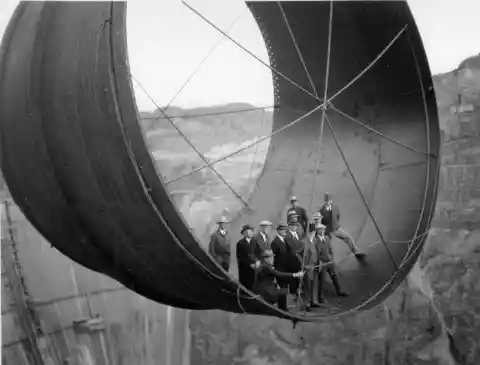
Its construction began in 1914 with $300,000 of funds and was finished in 1922 with Henry Bacon as the architect and Daniel Chester French as the sculptor for the project. With its classic Greek fashion and signature columns and friezes, it takes 27,336 square feet (2,539.6 m2) of space, while the exterior 'temple' measures 189.7 by 118.5 feet (57.8 by 36.1 m) and is 99 feet (30 m) tall. The actual Lincoln statue is 19 feet (5.8 m) and is made of Georgia white marble weighing 175 short tons (159 t).
Neuschwanstein Castle, Bavaria
This elaborate German castle was built by order of Bavaria’s King Louis II (“Mad King Ludwig”). Construction began in 1868 and was never completed.
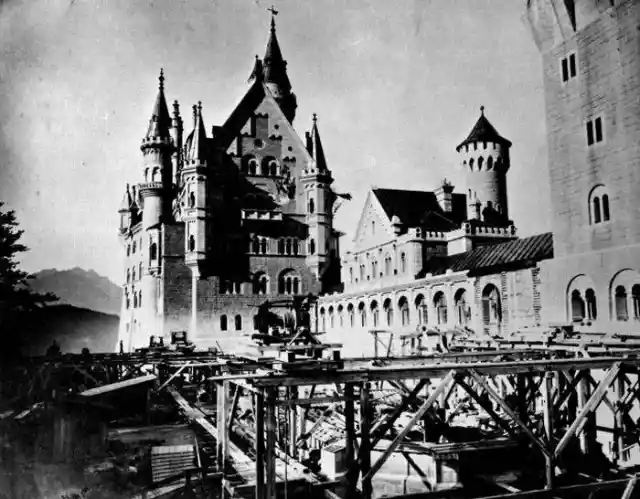
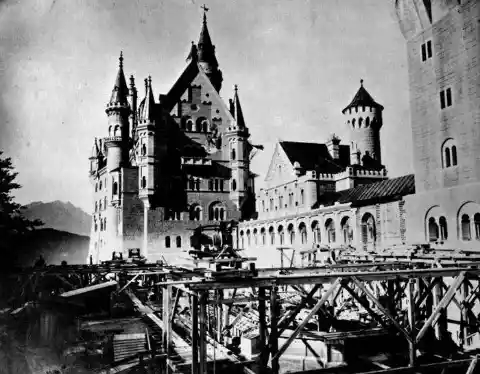
The entire project was supposed to be completed within three years, but by 1873 only the gateway building was inhabitable. Louis died by drowning himself in 1886, and the castle was opened to the public as a museum.
Neuschwanstein Castle, Bavaria
Despite its size, the castle did not have space for the royal court but contained only the King's private lodging and servants' rooms. The court buildings were decorative, and the palace was intended to have a kind of inhabitable theatrical setting.*
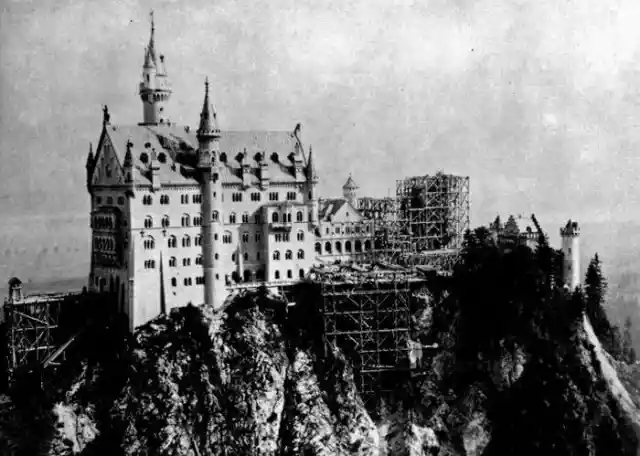
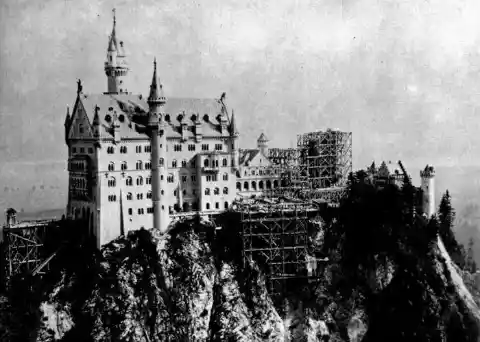
This castle is quite a paradox, as it was built at a time when castles were no longer necessary as strongholds. Despite its romanticized medieval design, it was supposed to have all the newest technological comforts.
One Chase Manhattan Plaza
The building is a 60-story International style skyscraper in the Financial District of Manhattan in New York City, between Nassau, Liberty, William, and Pine Streets. It was designed by Gordon Bunshaft of the firm Skidmore, Owings & Merrill.

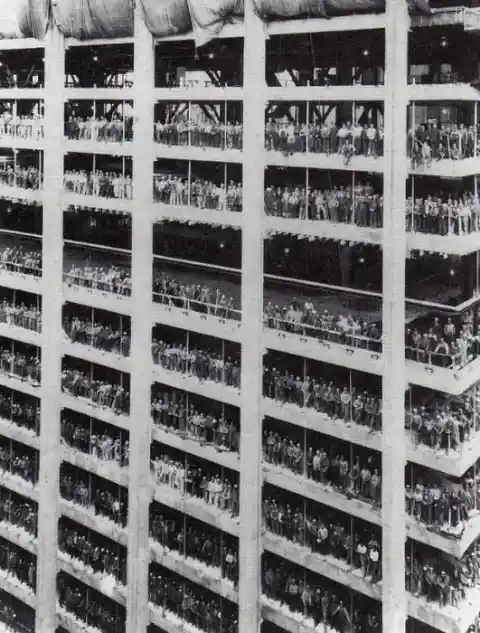
One of the tallest buildings in New York, it was a high point of urban transformation during the 1960s. This old historical building, with excellent steel architecture, was the first International Style building in Lower Manhattan and introduced a public plaza with iconic works of art.